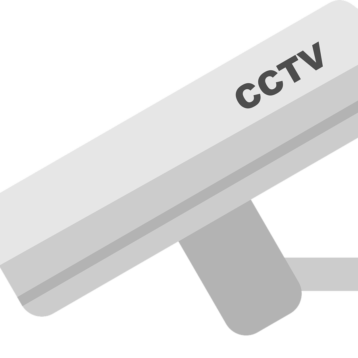In the realm of intelligence and machine learning, data labelling plays a critical role in training algorithms to perceive and comprehend the world we live in with precision. Among the adopted techniques, 2D image annotation stands out, as it involves labelling objects and features within an image to create a dataset that aids in training. This powerful approach not only empowers machines to identify and classify objects but also finds applications in fields like autonomous vehicles, healthcare, and agriculture.

Understanding 2D Image Annotation
To appreciate the advantages of 2D image annotation services, it’s essential to grasp its essence. In this process, an annotator manually labels objects or regions of interest within an image using bounding boxes, polygons or key points. These labels furnish insights to machine learning algorithms by enabling them to differentiate and accurately classify objects.
The Impact of 2D Image Annotation
1. Precise Object Recognition:
With the aid of 2D image annotation, object detection and recognition algorithms are greatly enhanced. By labelling objects within an image, these algorithms are trained to identify and categorise an array of entities such as vehicles, pedestrians, animals, or traffic signs. This plays a major role in applications like self-driving cars, where recognising objects is vital for safely navigating vehicles.
2. Enhanced Image Classification:
High-quality image annotation solutions are also important for tasks involving image classification. By labelling objects within an image, algorithms can learn to categorise images into groups, such as distinguishing between animal species or identifying specific diseases in medical images. Image classification has applications in healthcare, agricultural monitoring, and security.
3. Semantic Segmentation:
2D image annotation goes beyond recognising objects and extends to pixel-level labelling called semantic segmentation. By labelling each pixel in an image, algorithms can understand the meaning of objects or regions. This level of annotation is particularly valuable in fields like imaging, where precise identification of tumours or specific areas of interest is crucial for diagnosis and treatment planning.
Also Read: 5 Information Sources That Alternative Data Services Depend On.
4. Improved Training Efficiency:
Although the manual process of annotating 2D images may seem time-consuming, it ultimately leads to training. By providing labelled data, algorithms can quickly recognise patterns resulting in improved accuracy and performance. With a dataset, AI models can be trained faster and with fewer iterations, enabling quicker development and deployment.
5. Improving Dataset Variety:
In the field of AI, it is vital to have a representative dataset when training algorithms. By using 2D image annotation, we can create datasets that capture objects and scenarios from various angles, perspectives, and lighting conditions. This approach allows us to label objects within the image or annotate objects in various backgrounds, which enhances dataset diversity. As a result, algorithms can learn to recognise and classify objects in a range of real-world situations.
6. Continuous Learning and Enhancement;
As we acquire data, 2D image annotation enables us to refine or expand our annotations to include information. This iterative process supports learning and improvement for AI models. By labelling data over time, incorporating feedback from the models themselves, and adapting to challenges as they arise algorithms can become more robust and accurate.
7. Human in the Loop Collaboration:
Despite the advancements made in automating data labelling through AI technology, human annotators continue to play a role in achieving results. The human-in-the-loop approach combines the efficiency of AI with expertise in order to ensure that the data labelling process is both accurate and scalable.
By utilising the capabilities of 2D image annotation, human annotators can focus on tasks that require judgement and comprehension. While AI algorithms can handle the monotonous aspects of labelling data.
Also Read: UAVs and the Cloud Create 3D Models from 2D Pics.
In conclusion
A 2D image annotation is a tool for streamlining the process of labelling data for AI and machine learning applications. Its accuracy in labelling objects and regions within images brings advantages, such as object recognition, enhanced image classification, and the creation of diverse and representative datasets. Through an approach involving humans and ongoing learning, 2D image annotation facilitates the development of precise AI models that have the potential to revolutionise various industries.










